News
Bighorn Visions: The Photography of Jessamine Spear Johnson
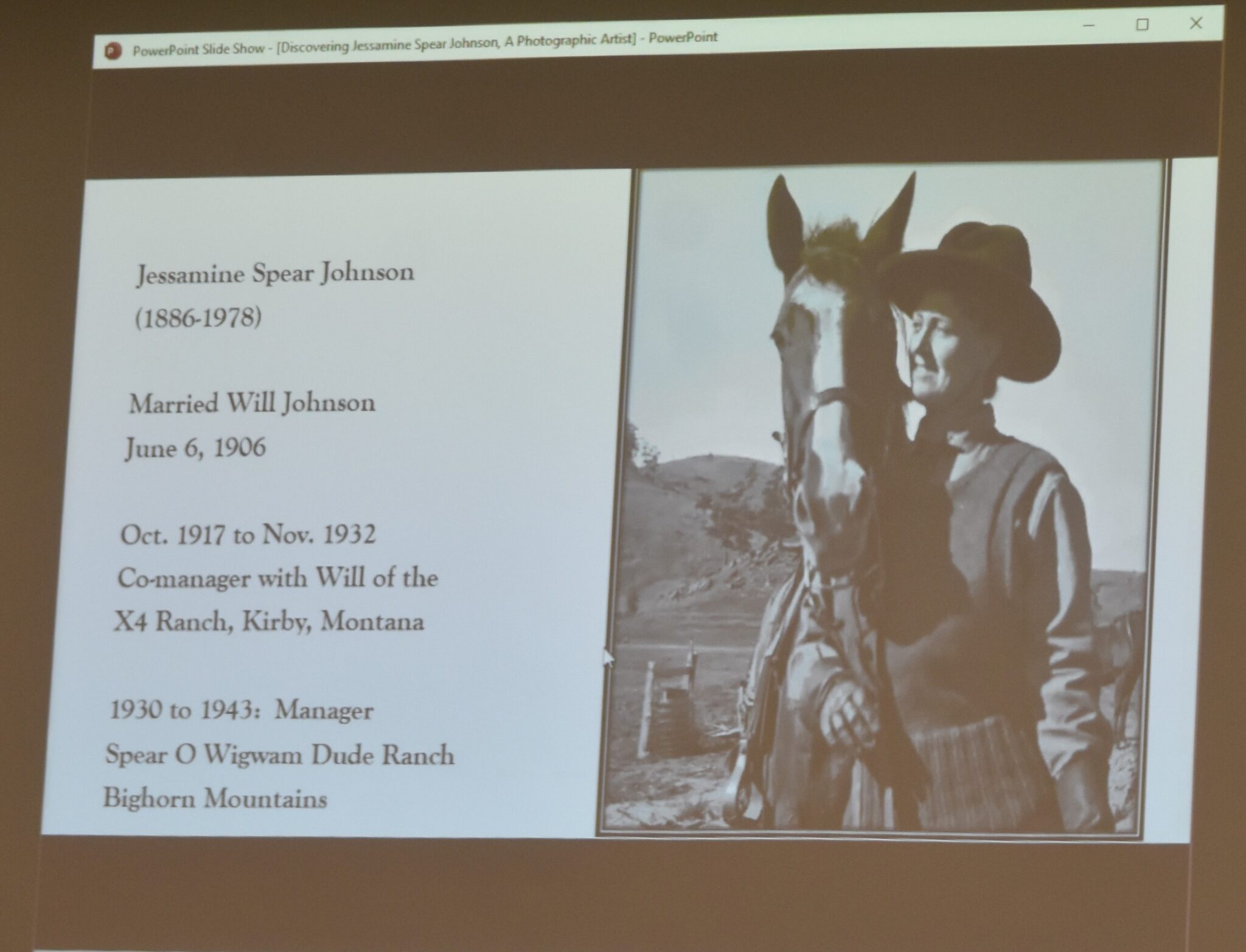
Photo courtesy of Tempe Javitz, copyright of photo held by X4 LLC. Used by permission.
On Tuesday, Jan. 11, 2022, Tempe Javitz, via zoom, held a program with the Sheridan Community Land Trust Explore History Program about her upcoming book featuring her grandmother, Jessamine Spear Johnson, women photographer. The book is titled, “Bighorn Visions: The Photography of Jessamine Spear Johnson,” and is published by the South Dakota Historical Society Press.
According to information from Javitz, her grandmother was born in 1886 in Big Horn, Wyoming. She would grow up to document many of the dramatic changes that this region would see over the next century. Through her photography, Johnson captured the rapid advancements occurring around her, especially from the 1910s through the 1940s.
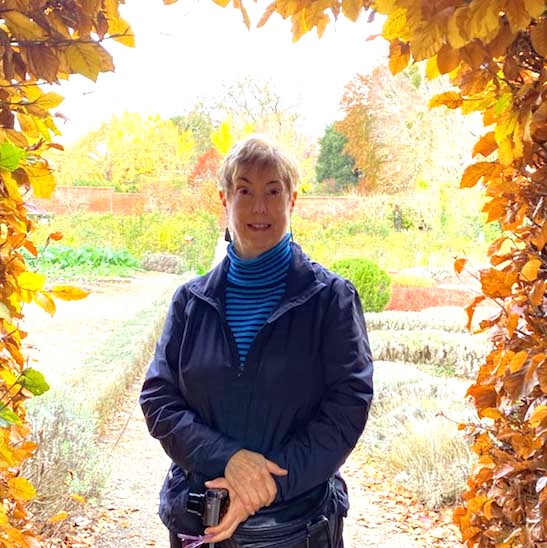
Javitz said this about her grandmother in an email. “Jessamine’s mother, Belle, introduced her two young daughters to photography.(Belle’s other daughter was Sheridan photographer Elsa Spear Byron.) Belle tackled painting unsuccessfully, so she took up photography in the late 1890’s when that medium was not yet considered “art”.
However, Jessamine disagreed. In a quote from a letter to Al Billings on January 24, 1930. “You see, I am sort of an Artist— “I color enlarged pictures which I have taken on the range, in the mountains and plains, for which I take orders and have now on hand some huge pictures to color which must be done by the end of next week.”
And this from a letter to Willis H. Ropes on June 20, 1927 Re: Trip into Big Horn Canyon. “We saw the most wonderful scenery. Not all of my pictures are as good as I like, though out of 130 snaps, only one was spoiled. I took something like 20 views of the wild flowers and 2 are out of focus. I will color them and send you some as soon as I’m able.”
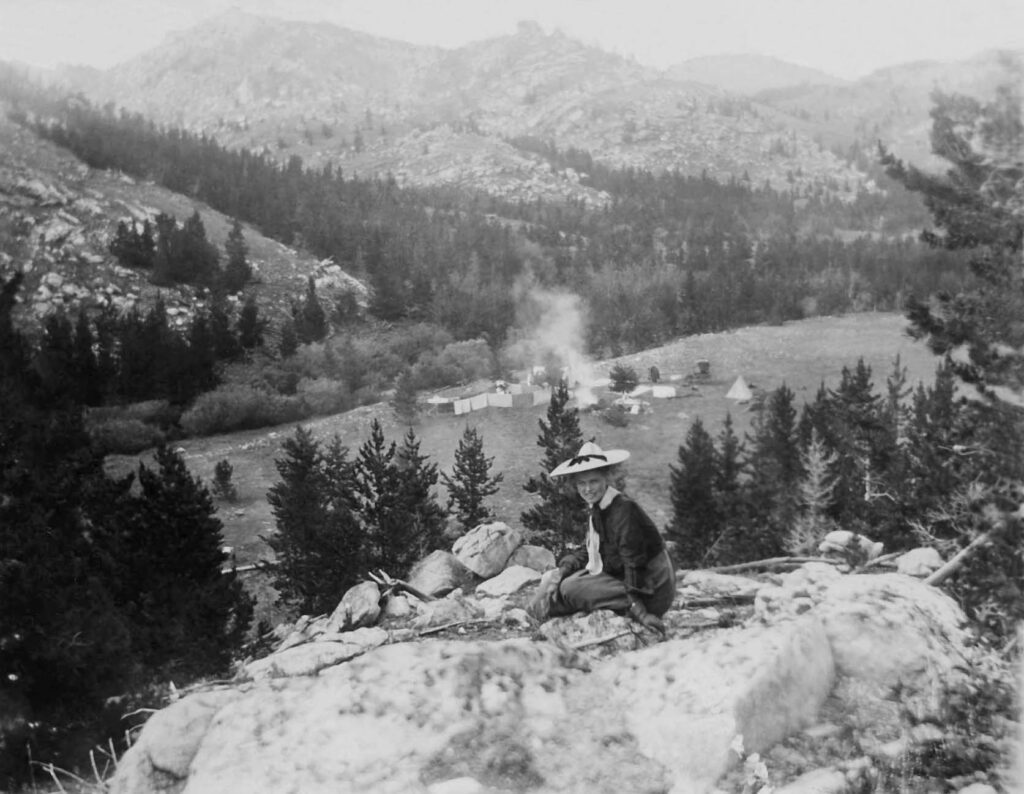
Photography back in the early part of the century was not easy. No digital cameras, no small cell photos with the camera feature. Javitz wrote, “With determination and grit, Belle hoisted her heavy camera with glass plates into buggies, old cars and into saddle bags for pack trips into the mountains. As they grew up, both Jessamine and Elsa helped to print her pictures, beginning their lifelong fascination with photography. Jessamine’s talent quickly outgrew her mother’s teaching. As an adult Jessamine’s active ranching life and interest in local activities provided a wealth of subject material. Elsa, married and living in Sheridan, concentrated her efforts with the historical society and photographing the local battlefields.”
In a recent interview with Sheridanmedia, Javitz talked about her grandmother, saying she ‘hated housework’ preferring to be out-of- doors riding, gardening and helping on the ranch. She said she remembers her as being very energetic.
She also talked about discovering her grandmother’s photos for the first time as a youngster, growing up on her parent’s Montana ranch.
Here are some quotes from Jessamine’s diaries, one dated August 8, 1927. “I have been very busy with my picture taking. Also, this last month I have a number of very nice views. I’m looking forward to the Roundups, so I can get some nice pictures of the cattle with my new panorama Kodak.”
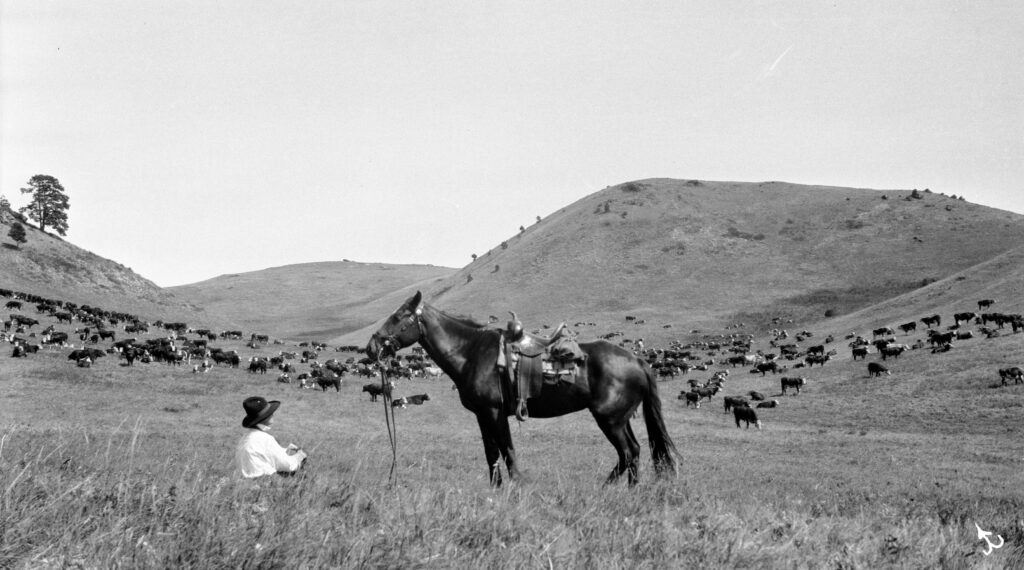
Some other quotes from diaries: “Many of my photos were taken horseback. My horses were trained to stand quietly while I did this, and were on the move again as soon as the Kodak clicked.”
“I took pictures of the cattle, horses, and sheep for many years, though not so interested in it until 1919 when I began to really try to get interesting pictures, and the men folks would let me take pictures. The thought it would scare the cattle and then they would have a time rounding them up again.”
Javitz said when her grandmother passed away, in 1978, she left 34 boxes of photos that Javitz’s father Torrey Johnson agreed to take and store. He stored them in a dry, cool basement in several large cabinets.
When asked what gave her the idea to do a book, Javitz said that sometime in the 1980s her aunt gave her 22 of her grandmother’s diaries, the earliest was 1919. Javitz began reading the diaries and thought,
Some of Johnson’s noted photos were of Native American’s, many who had been a part of the Custer fight. She said that Johnson and her sister, Elsa Spear Bryon, both went to the 50th anniversary of the Custer Fight in 1926,
Javitz said there were some questions about some of the warriors’ identities in the photo, as three of the names on Elsa’s photos were different from Jessamine’s. By cross-referencing the photos with those on file at The Little Bighorn Battlefield, they found that Jessamine had the names correct. Sharon Small, one of the curators, helped her cross-reference and confirmed that she had the names correct.
The Native American photos cover the Crow Fair and earlier encampments, plus the rodeos on the Northern Cheyenne Reservation. The Crow Fair is still an ongoing celebration at Crow Agency, Montana.
The book is now available for pre-order, and Javitz said she has received the first copy of the book. She was worried about how the old photos would look, but she said they looked “fabulous.” She added that she took several photo shop classes so she could crop and enhance the photos.
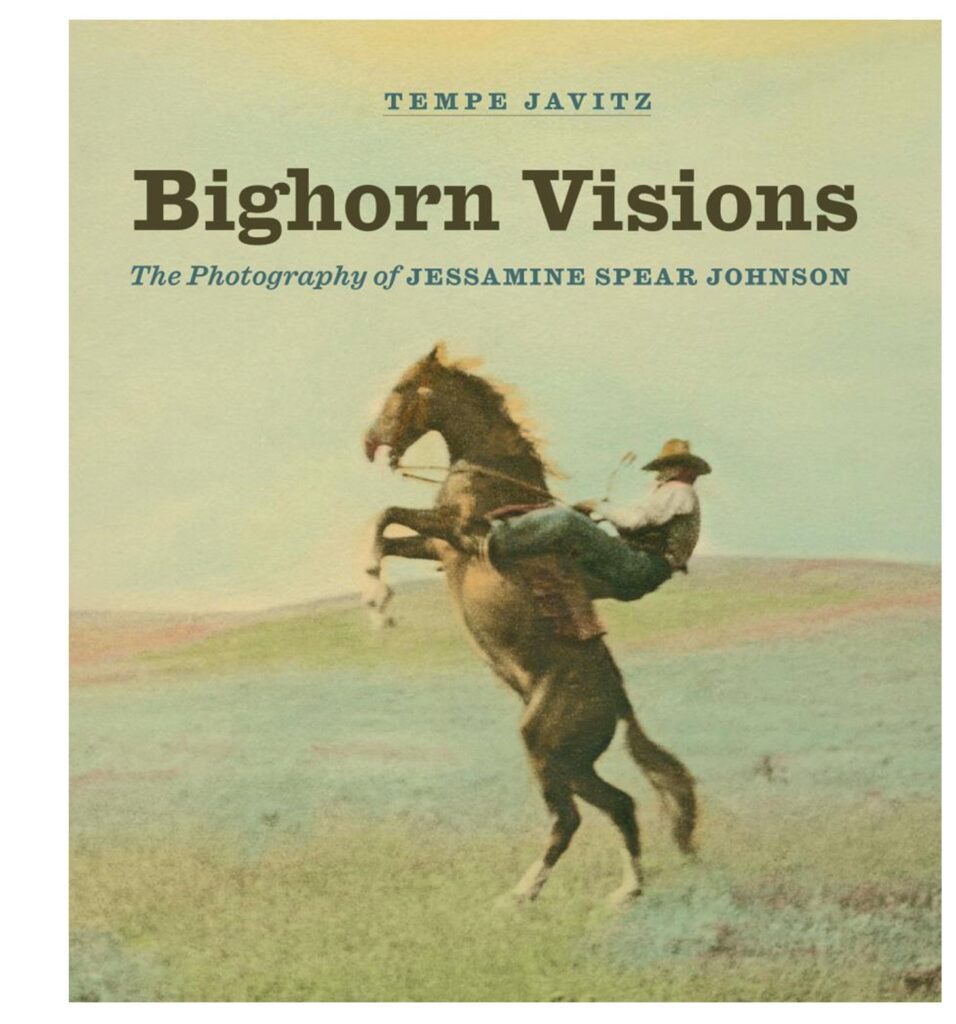
Javitz said that there is a book fair in South Dakota and this year it will be in Deadwood. Each year they invite some select authors to this fair, and Javitz is hopeful of an invitation. She said that should this happen, she will be in this area in mid-August to early September to promote her book. She talks about what is being planned so far.
The photos in the book cover early day ranching, cattle, sheep and dude ranching, and several photos of Native Americans, women as well as the warriors.
She said it took her six and half years to scan all the photos and label and preserve them. “It was not only a work of love,” Tempe said, “But, oh my gosh, the history there is really important.”
The book can be pre-ordered over the internet at South Dakota Historical Society Press. Lastly the link to pre-order the book is :https://www.sdhspress.com/books/bighorn-visions

